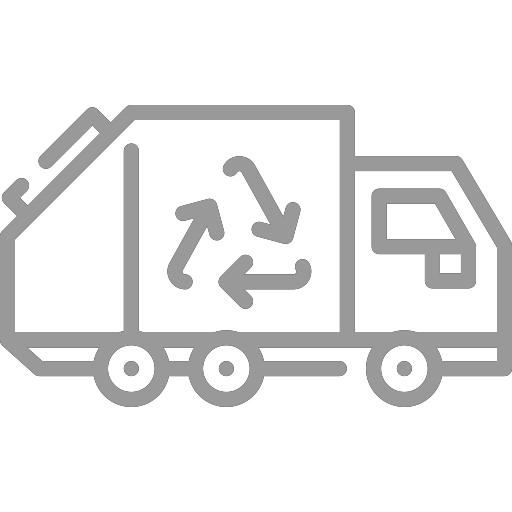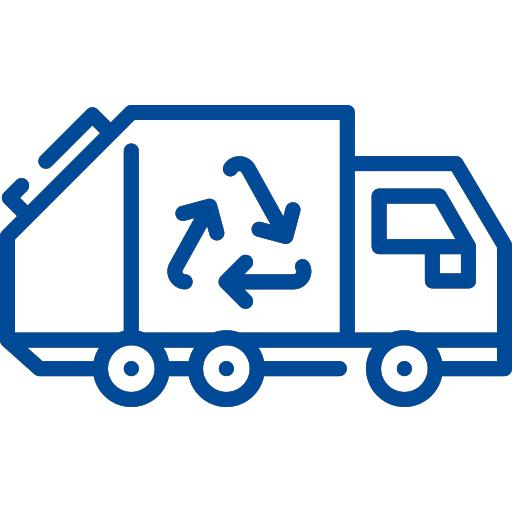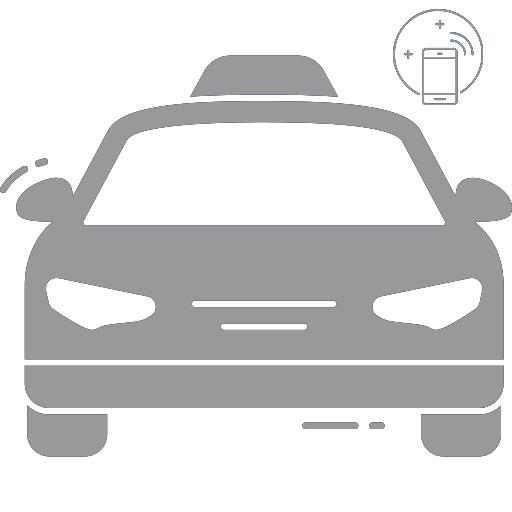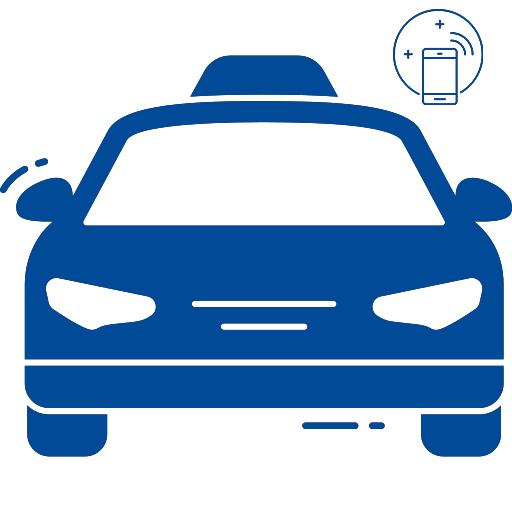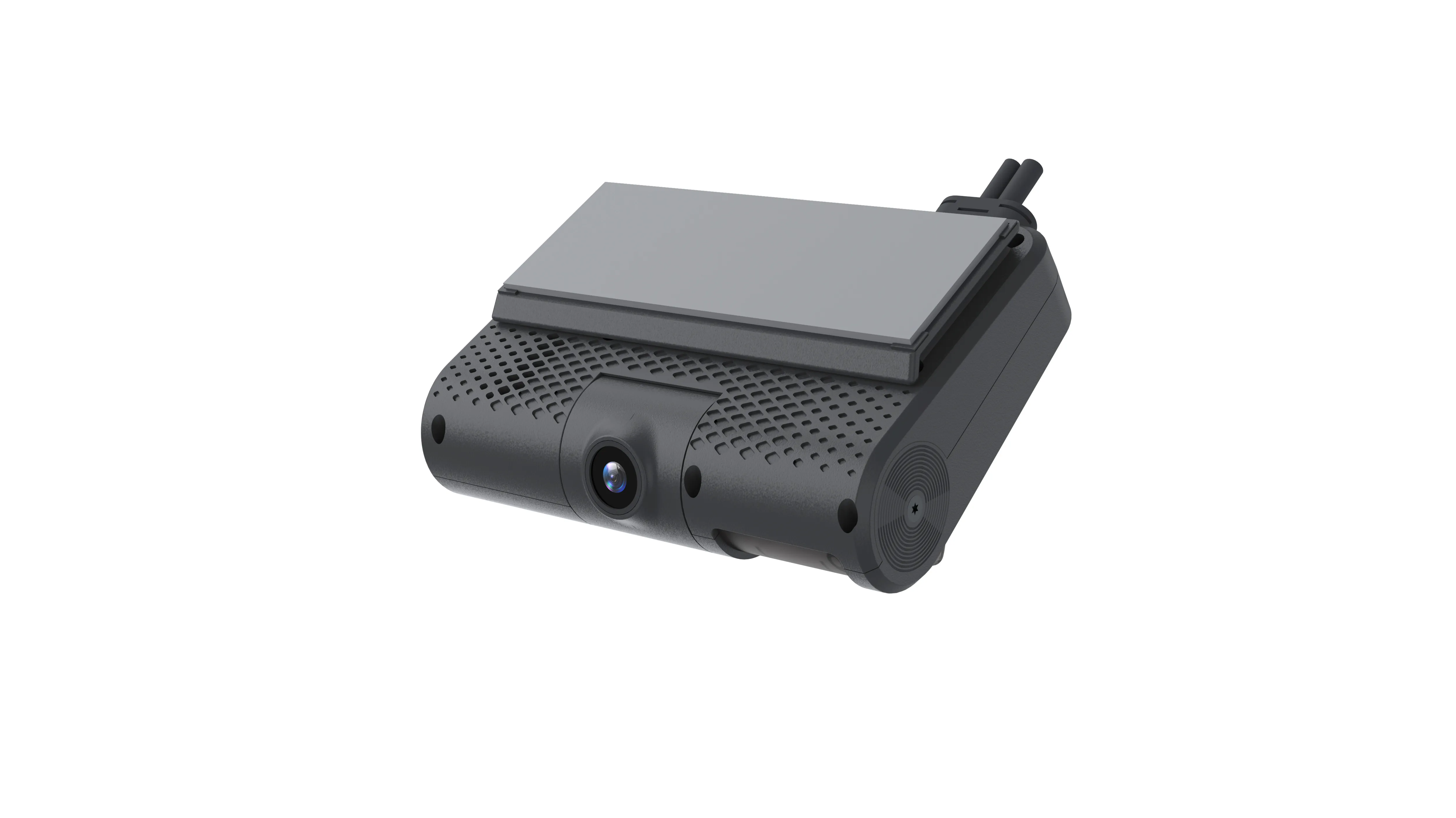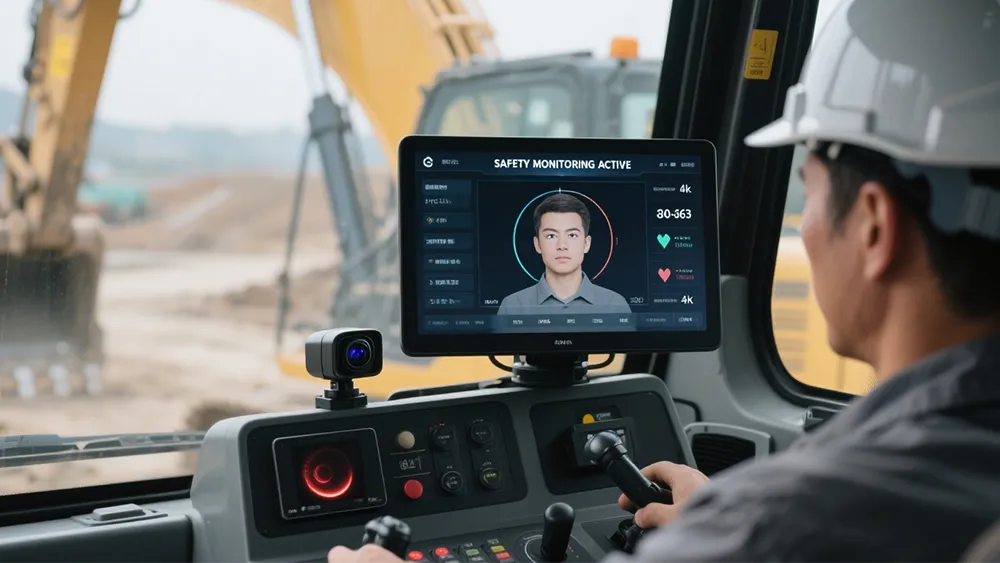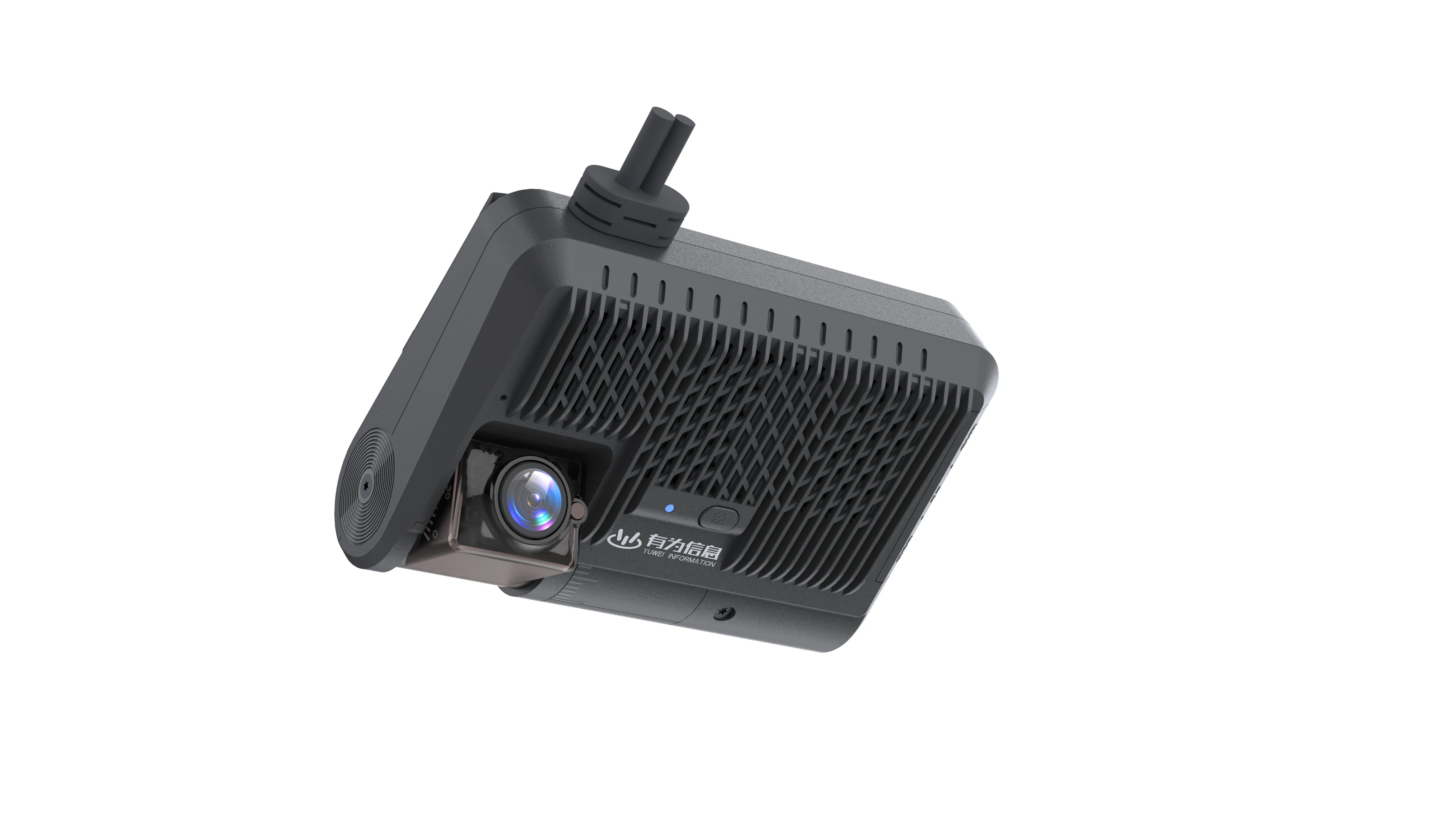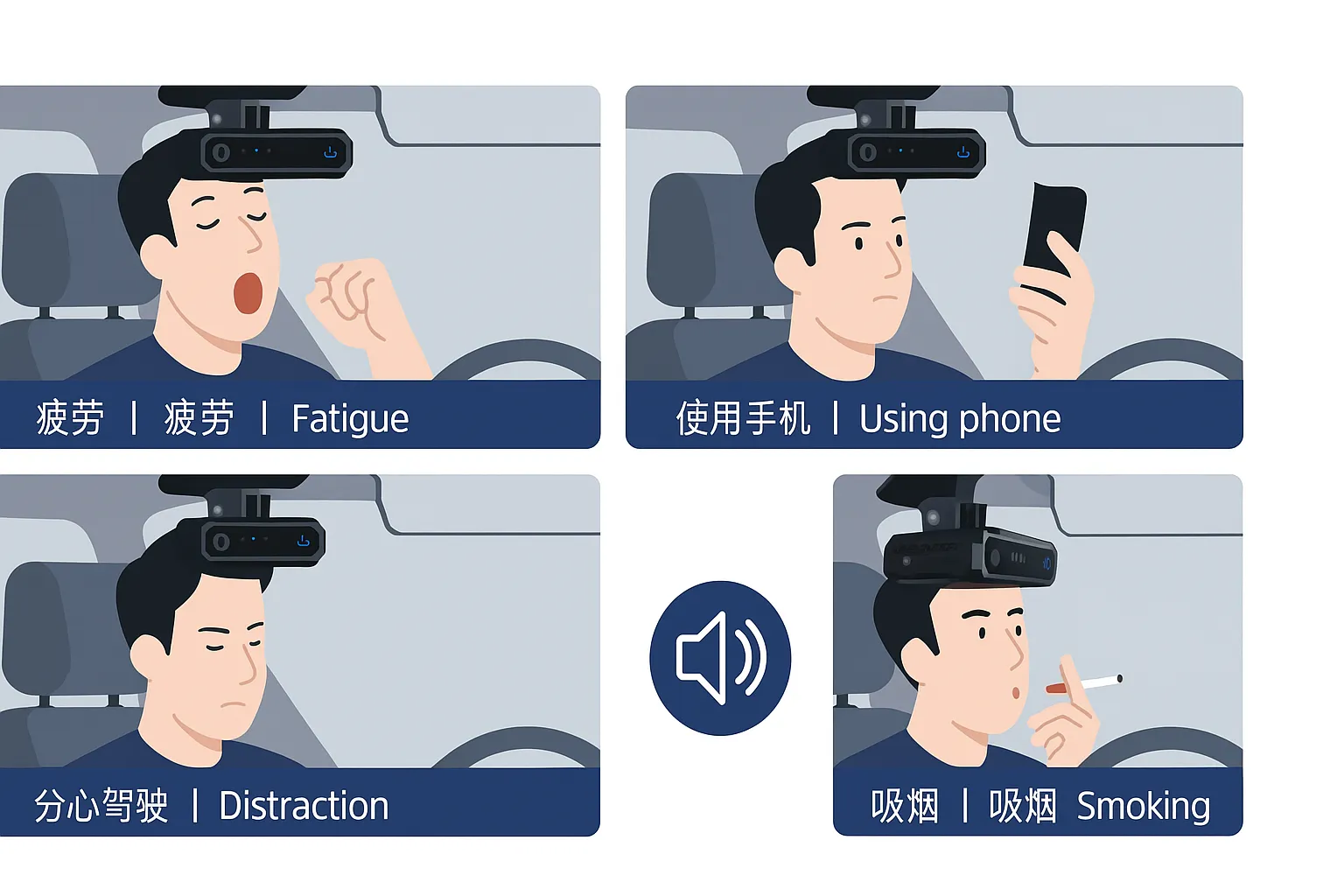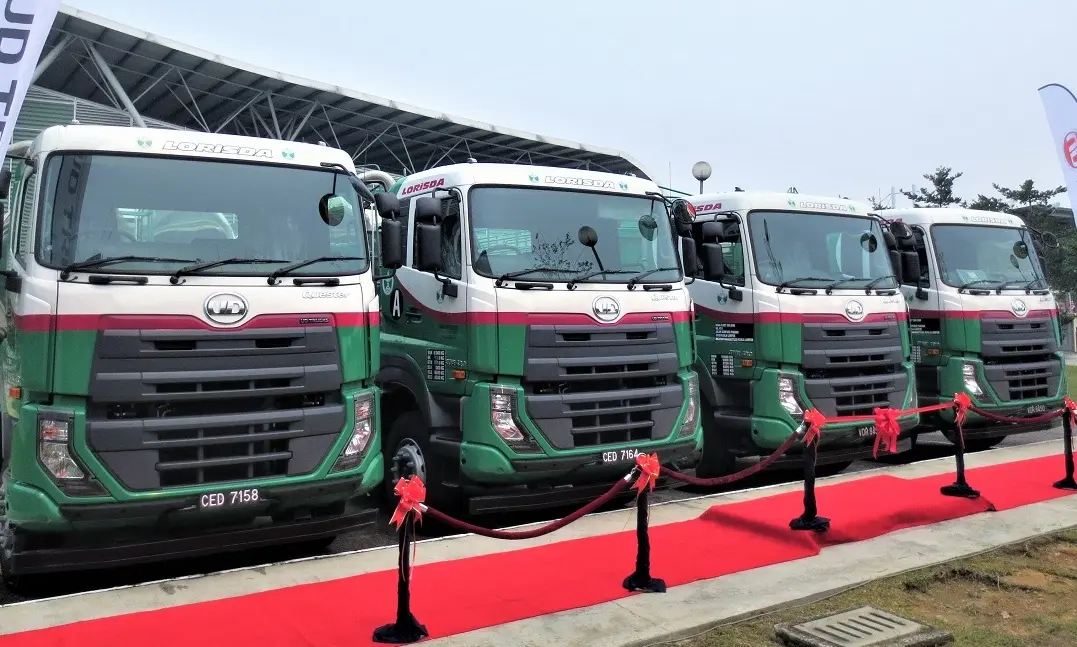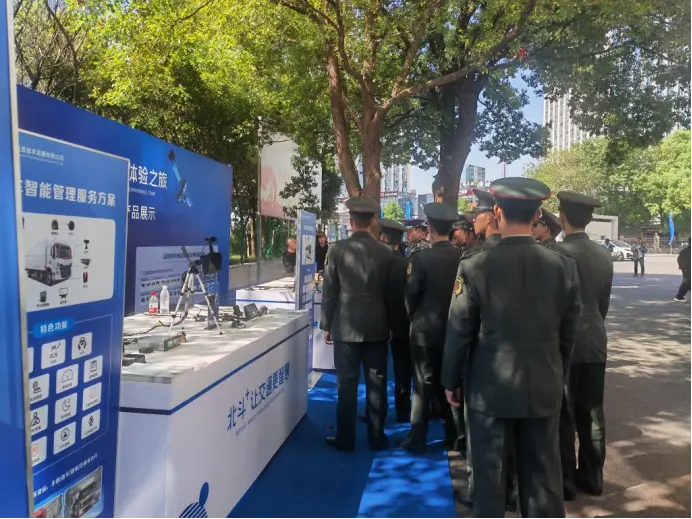What Is the T4 ELD In-Vehicle Video Terminal?
T4 ELD In-Vehicle Video Terminal
In industries such as taxi services, ride-hailing, public transit, and freight transportation, the performance of in-vehicle terminals directly impacts operational efficiency and safety.
The T4 ELD Smart In-Vehicle Video Terminal, developed by YUWEI (China), features an all-in-one design and powerful functionality, making it a top choice in the field and injecting new intelligence into modern transportation.
Functions of the In-Vehicle Video Terminal
1. The T4 terminaladopts an integrated industrial design suitable for desktop mounting.
2. It is equipped with a 7-inch 1024×600 resolution touchscreen, providing an intuitive operation experience.
3. Hardware specifications include 2GB of RAMand 16GB of storage, ensuring smooth performance. It also supports up to 128GB TF card expansionto meet extensive video storage requirements.
4. With a high level of functional integration, the T4 covers video capture, 4G full-network communication, BeiDou/GPS dual-mode positioning(accuracy ≤ 2.5m), and RFID/IC card recognition.
5. It supports up to four video input channels, capable of recording 1 channel of 1080P + 2 channels of 720Por 4 channels of 720P video.
6. Paired with the dedicated YSPlayer, users can view both real-time and historical footage.
Additionally, the device features a built-in iFLYTEK voice modulesupporting Chinese and English TTS synthesis, as well as battery protectionand low-power standby, ensuring the vehicle battery remains safe.
Customized Solutions
The T4 terminal provides differentiated configurationstailored to various scenarios:
① Taxi applicationssupport e-hailing, navigation, and driver information display, and can integrate with 905/1076 protocol platforms.
② In freight and public transportation, it connects to enterprise monitoring platforms for remote supervision.
It also supports third-party app installationand secondary development. Through its SDK package, users can customize boot screens, buttons, and other features to meet specific business requirements.
Flexible upgrade optionsinclude:
① Local updates via TF card,
② Cloud-based upgrades via Wi-Fi or 4G,
③ Remote firmware updates for peripheral devices such as meters and roof lights, effectively reducing maintenance costs.
Its power management systemensures efficiency — the screen can turn off after the vehicle is shut down while continuing operation, and it will automatically power off at low voltageto prevent battery drain.
Installation of the In-Vehicle Video Terminal
The installation processis clearly defined:
① Insert the SIM card and TF card with the chip facing down.
② The TF card must be formatted using YUWEI’s dedicated toolto ensure data security.
DMS Camera:
Should be mounted on the dashboard, 60–120 cm from the driver’s faceand at an angle ≤ 30°, avoiding obstruction of the driver’s view.
ADAS Camera:
Installation position varies by vehicle type:
① For small vehicles — upper center of the windshield,
② For medium and large vehicles — lower center of the windshield, avoiding the wiper range.
Calibrationensures accuracy:
① The DMS cameracan be manually calibrated via the app and automatically adjusts upon engine start.
② The ADAS camerasupports both automatic and manual calibration; manual setup involves adjusting the camera position, aligning the horizon, and recording vehicle parameters (such as camera height and wheelbase) to ensure reliable warning performance.
Built on robust hardware and driven by functional innovation, the T4 ELD In-Vehicle Video Terminalprovides a comprehensive solution that integrates safety monitoringand operational management.
With its stable performanceand flexible scalability, it not only meets current transportation needs but also paves the way for the evolution of smart mobility, establishing itself as a benchmark for in-vehicle terminals.

















